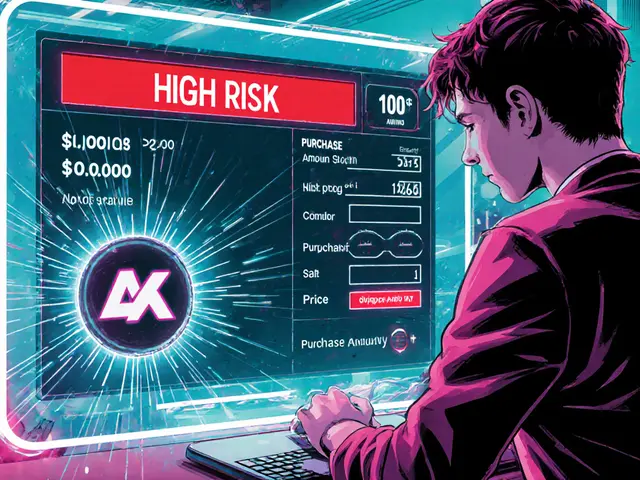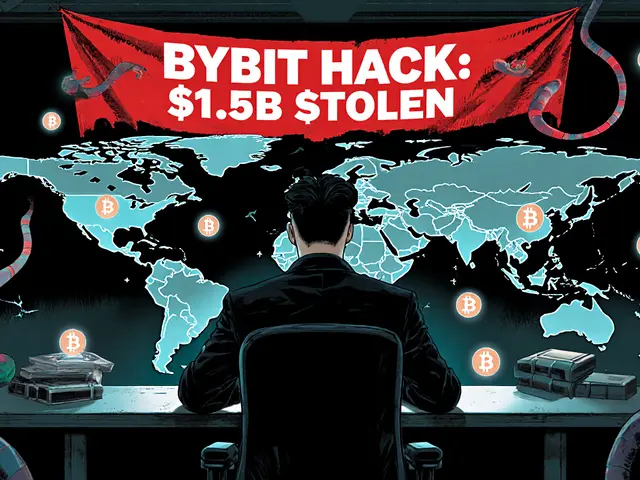Cryptocurrency Bans
When dealing with Cryptocurrency Bans, government rules that forbid buying, selling, or using digital coins. Also known as crypto bans, they can reshape entire markets overnight. Understanding these prohibitions is the first step to navigating the shifting crypto world.
Most bans are a direct result of broader Crypto Regulation, the set of laws and standards that governments impose on digital assets. In places like Japan, strict regulation creates a clear compliance path, while in Russia, sudden bans force traders to look for workarounds. Cryptocurrency bans therefore act as a litmus test for how tough a jurisdiction’s overall regulatory framework is.
Why bans matter for exchanges and investors
When a ban hits, Exchange Enforcement, the actions regulators take against crypto platforms that break the rules kicks into gear. Fines, platform shutdowns, and forced KYC upgrades are common outcomes. This enforcement pressure directly influences user behavior: traders move to P2P markets, stablecoins gain popularity, and cross‑border solutions become essential.
At the same time, Crypto Tax, the reporting and payment obligations tied to crypto gains become more complicated. A ban can trigger a sudden re‑classification of assets, forcing users to report previously untaxed gains. The distinction between legal tax avoidance and illegal evasion sharpens, especially as new reporting forms like 1099‑DA appear.
These three entities—crypto regulation, exchange enforcement, and crypto tax—form a feedback loop. Regulation sets the rules, enforcement checks compliance, and tax policy nudges behavior. Together they dictate how a ban ripples through the ecosystem.
Beyond the immediate market shock, bans often accelerate interest in Central Bank Digital Currencies (CBDCs). Governments that ban private crypto sometimes speed up official digital currency projects to retain monetary control. The 2025 CBDC rollout map shows a surge in pilots from China to the EU, each citing the need for a state‑backed alternative after private tokens face restrictions.
Privacy‑focused coins also feel the heat. When bans target anonymity, developers double down on zero‑knowledge proofs and other privacy tech. This arms race creates a split: some users migrate to privacy‑first networks, while others accept the trade‑off of regulated platforms for easier access.
From a practical standpoint, anyone dealing with crypto should have a checklist ready for a potential ban: know which exchanges operate under local licenses, keep a portion of assets in stablecoins, and maintain clean tax records. A solid compliance routine reduces the risk of frozen accounts or unexpected penalties.
Businesses planning token launches must also factor bans into their roadmaps. Choosing a jurisdiction with clear regulatory guidance—like Japan’s dual PSA/FIEA model—can protect a project from sudden shutdowns. Likewise, developers should design tokenomics that can adapt if a country decides to ban certain categories of assets.
For everyday traders, the key takeaway is adaptability. Bans are rarely permanent; they often shift to loopholes, offshore platforms, or new legal definitions. Staying informed about regulatory news, following exchange announcements, and understanding your tax obligations keep you ahead of the curve.
Below you’ll find a curated list of articles that dive deeper into each of these angles—how bans affect DeFi TVL, case studies from Japan and Russia, a look at enforcement trends in 2025, and practical guides on tax compliance. Use them to build a resilient crypto strategy that can weather any government restriction.





